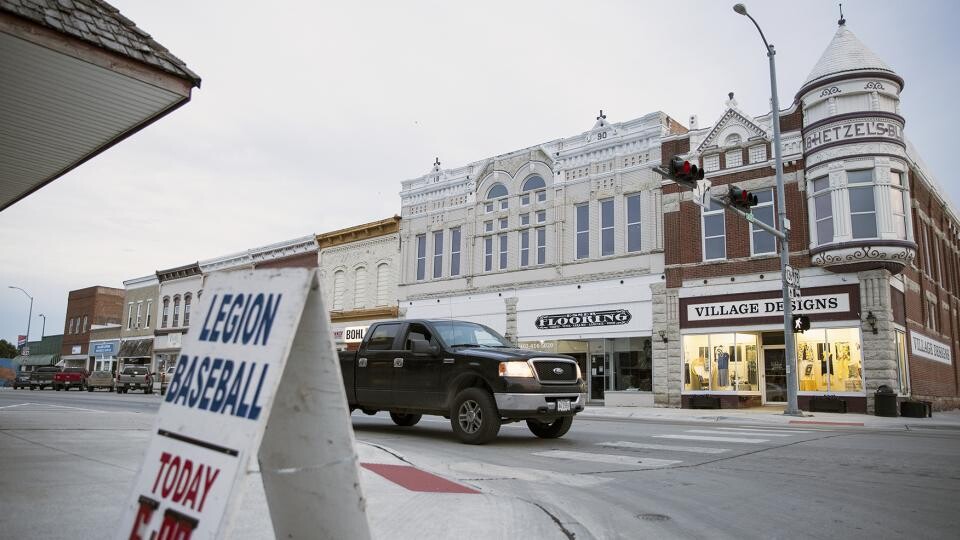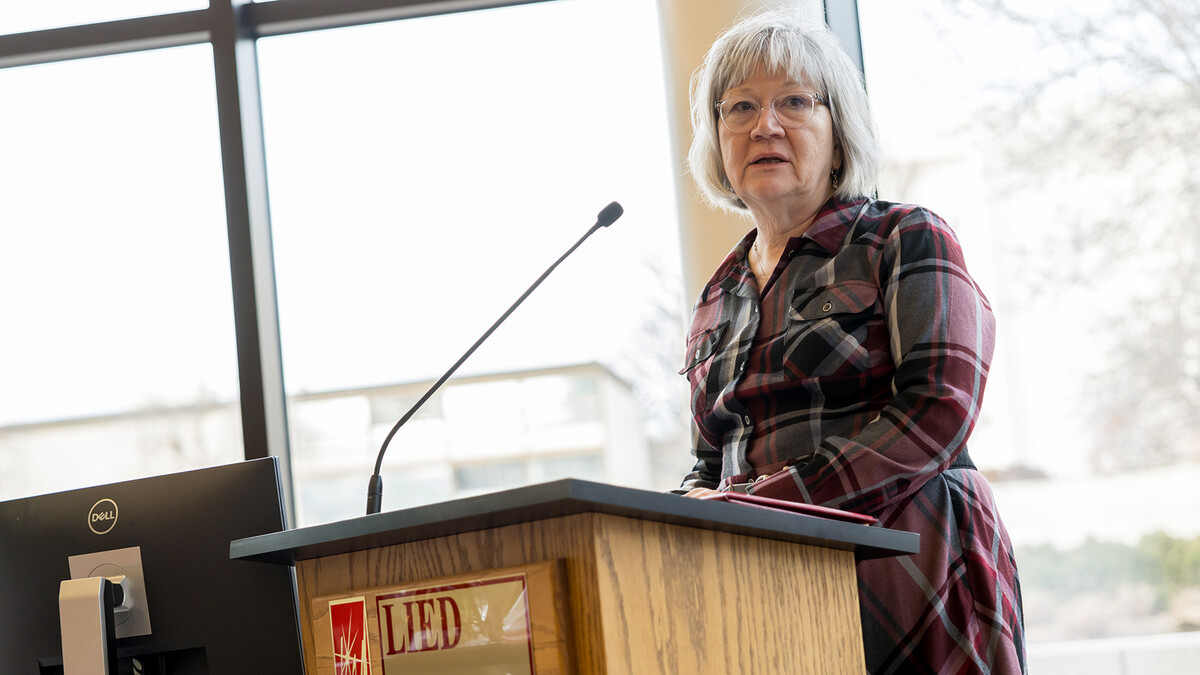
Most rural Nebraskans have mobile and high-speed internet service at home but gaps in adoption of these services still exist by income, age and education, according to the 2016 Nebraska Rural Poll.
Seven in 10 rural Nebraskans access the internet using a cellphone, and eight in 10 subscribe to a high-speed internet service at home. The examples given for high-speed internet services included cable, DSL, fiber optic and satellite.
Older people, individuals with lower household income and those with lower education levels are less likely to use mobile and high-speed internet service at home, said Becky Vogt, survey research manager for the Rural Poll.
Eighty-three percent of people with household incomes of $60,000 or more access the internet using a cellphone, compared to 42 percent of those with household incomes under $20,000. Ninety-three percent of people with household incomes of $60,000 or more subscribe to a high-speed internet service at home, compared to 59 percent of those with household incomes under $20,000.
About 93 percent of people ages 19 to 39 use mobile internet services, compared to 34 percent of those 65 and older. Similarly, 94 percent of people 19 to 29 subscribe to a high-speed internet service at home, compared to 69 percent of those 65 and older.
“With most rural Nebraskans using internet services, either by mobile phone or subscribing to services at home, it seems that internet access is just like rural electricity, telecommunications and water were before it – an increasingly necessary utility that is part of the standard cost of living,” said Brad Lubben, assistant professor and extension policy specialist with the University of Nebraska-Lincoln’s Department of Agricultural Economics.
The survey also found that most rural Nebraskans are satisfied with their internet services overall and with their reliability, speed and customer service. However, most rural Nebraskans are dissatisfied with the price of their mobile and home internet services.
There are groups who have issues with various aspects of these internet services. Fifty-two percent of people with occupations in agriculture are dissatisfied with the reliability of their mobile service. And those living in or near the smallest communities are less likely than those living in or near the largest communities to report satisfaction with the speed of their mobile service. People living in the northeast region of the state are less likely than those living in other regions to express satisfaction with the coverage of their mobile service. As for their home internet service, people living in or near smaller communities are less likely than those living in or near larger communities to report satisfaction with the speed of their service.
“These findings indicate that some households in the state, particularly those living in or near smaller communities and employed in agriculture, still do not have the speed and reliability of internet service that they desire,” said Randy Cantrell, rural sociologist with the Nebraska Rural Futures Institute. “That troublesome last-mile problem appears to be continuing as technology advances.”
Most rural Nebraskans see value in having high-speed internet access. More than seven in 10 rural Nebraskans said it is important or very important for the following items: searching for/applying for jobs (74 percent), children’s education (71 percent) and learning new things (71 percent). The two lowest-rated items were monitoring/managing health care (42 percent) and entertainment (52 percent).
“Entertainment seems to be a major driver of the technology curve and the need for ever-higher internet speeds to stream as many entertainment options as we can at once,” Lubben said. “This might continue to leave rural areas behind, at least as far as entertainment is concerned. It might be useful to study the bandwidth necessary to viably serve each of the uses for internet access.”
The Rural Poll is the largest annual poll of rural Nebraskans’ perceptions on quality of life and policy issues. This year’s response rate was 29 percent. The margin of error is plus or minus 2 percent. Complete results are available here.
Although the Grand Island area (Hall, Hamilton, Howard and Merrick counties) was designated a metropolitan area by the U.S. Census Bureau in 2013, the Rural Poll continues to include those counties in its sample. Also, Dixon and Dakota counties were added to the poll in 2014.
UNL’s Department of Agricultural Economics conducts the poll in cooperation with the Nebraska Rural Futures Institute, with funding from Nebraska Extension and the Agricultural Research Division in the Institute of Agriculture and Natural Resources.







